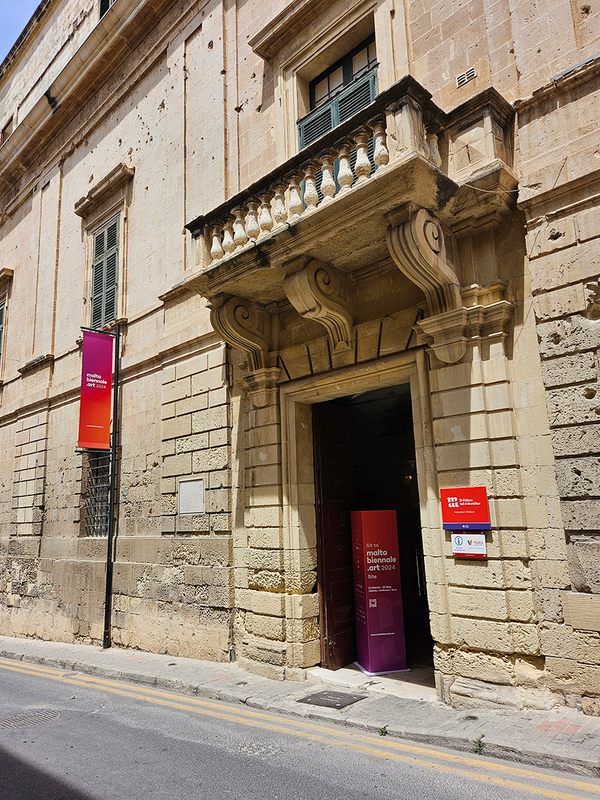In 1562, the Holy Roman Inquisition arrived in Malta, which was then under the control of the Knights of St. John. With Protestantism on the rise across Europe, the Inquisition’s goal was to seek out and punish Protestants and other heretics across the Maltese Archipelago. The organization originally set up their offices in Valletta, but, in 1574, the Inquisition was offered a building in Birgu that the Knights of St. John had been using as a law court. After the Inquisition moved into that building, the organization would occupy it for over 200 years.
From that point onwards, the building came to be known as the Inquisitor’s Palace, and it served multiple purposes. First, it was the official residence of the leaders of the Holy Roman Inquisition in Malta. These individuals were quite important within the Catholic church; several men would go on to become cardinals, and two went on to become Popes (Alexander VII and Innocent XII). Second, the building was used as a courthouse to put accused heretics on trial. Third, the building was used as a prison.
Over time, the Inquisition would make multiple modifications to the building, which in part helped to make it quite impressive to the Inquisitors’ guests. The organization would occupy the building until both they and the Knights of St. John were expelled from Malta when the French army occupied the islands in 1798. After that, the building served multiple purposes before finally being converted into a museum.
The museum within the Inquisitor’s Palace is multifaceted. First, the building tells the story of the Inquisition in Malta, including the operation of the courtrooms and the prison. Second, the building houses the National Museum of Ethnography, which displays many religious items collected from churches and people in Malta, including many elaborate handcrafted religious displays created by very skilled individuals. Third, the building itself has great architectural merit. Aside from the fact that it is nearly five centuries old, it is a very rare surviving example of a palazzo romano or “Roman Palace” from the sixteenth century, and the building contains some notably grand rooms with remarkable stonework, including the Castellania Courtyard and the Grand Staircase.
Above all else, the Inquisitor’s Palace in Malta claims to be the only such Inquisitor’s palace in the world that is now open to the public. That in and of itself makes it a truly unique place to visit.

